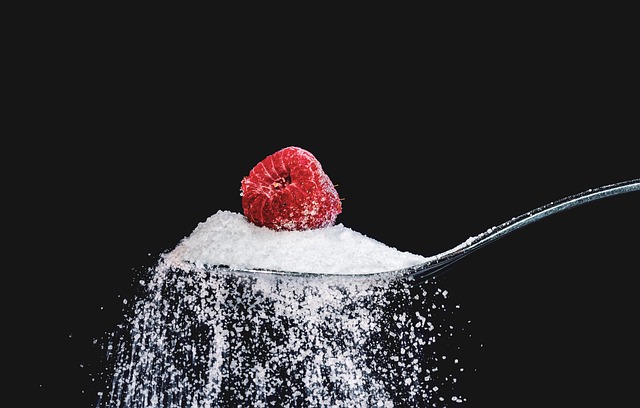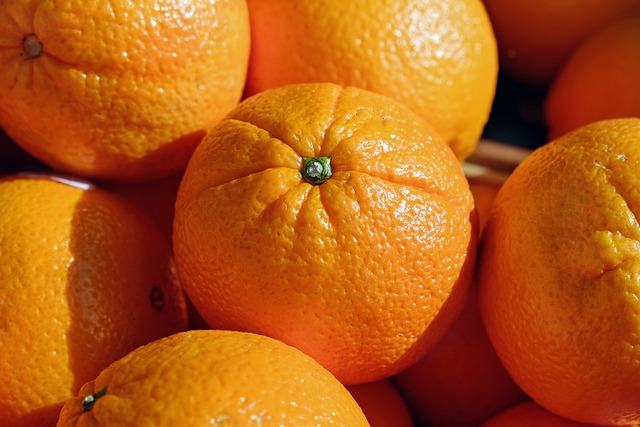Beyond Yogurt: Surprising Sources of Probiotics You Didn’t Know About
When we think of probiotics, most of us automatically think of yogurt. While yogurt is indeed a fantastic source of these beneficial bacteria, there are many other surprising sources that can provide you with a healthy dose of probiotics. In this article, we will explore some lesser-known sources that you may not have considered before.
1. Sauerkraut
This fermented cabbage dish is not only delicious but also packed with probiotics. Sauerkraut is made by fermenting cabbage in saltwater, which allows beneficial bacteria to thrive. These bacteria, such as Lactobacillus and Leuconostoc, aid digestion, support the immune system, and promote overall gut health.
To incorporate sauerkraut into your diet, simply add a spoonful as a side dish or topping to your meals. You can also try it in sandwiches or as a topping for hot dogs and sausages.
2. Kefir
Kefir is a fermented milk drink that originated in Eastern Europe. It is made by adding kefir grains to cow’s or goat’s milk and allowing it to ferment. Kefir grains are not actual grains but rather a combination of bacteria and yeast that resemble small cauliflower florets.
This tangy and slightly effervescent drink is an excellent source of probiotics and is often well-tolerated by individuals who are lactose intolerant. You can enjoy kefir on its own, blend it into smoothies, or use it as a base for salad dressings or dips.
3. Kimchi
Kimchi is a traditional Korean dish made from fermented vegetables, such as cabbage and radishes, combined with various seasonings like garlic, ginger, and chili peppers. The fermentation process not only gives kimchi its unique flavor but also increases its probiotic content.
Studies have shown that kimchi contains several strains of beneficial bacteria, including Lactobacillus plantarum and Lactobacillus brevis. These bacteria have been linked to improved gut health, immune function, and even weight management.
4. Miso
Miso is a traditional Japanese seasoning made by fermenting soybeans with salt and a type of fungus called koji. The result is a thick paste that has a rich umami flavor and is commonly used to make soups, marinades, and dressings.
During the fermentation process, probiotic bacteria such as Bifidobacterium and Lactobacillus can develop. These bacteria provide a range of health benefits, including aiding digestion, enhancing nutrient absorption, and supporting a healthy immune system.
5. Tempeh
Tempeh is a fermented soybean product that originated in Indonesia. It is made by culturing cooked soybeans with a specific mold called Rhizopus oligosporus. The mold helps bind the soybeans together, resulting in a firm block of tempeh with a nutty flavor.
Similar to other fermented soy products like miso and natto, tempeh is a good source of probiotics. It also provides a complete source of plant-based protein and is often used as a meat substitute in various dishes.
Final Thoughts
While yogurt is a popular source of probiotics, it’s important to remember that there are numerous other options available. Adding sauerkraut, kefir, kimchi, miso, or tempeh to your diet can diversify your probiotic intake and ensure you’re getting a wide range of beneficial bacteria.
When incorporating any new food into your diet, it’s always important to start with small amounts and observe your body’s reaction. If you have any concerns or pre-existing health conditions, it’s best to consult with a healthcare professional before making any significant changes to your diet.







